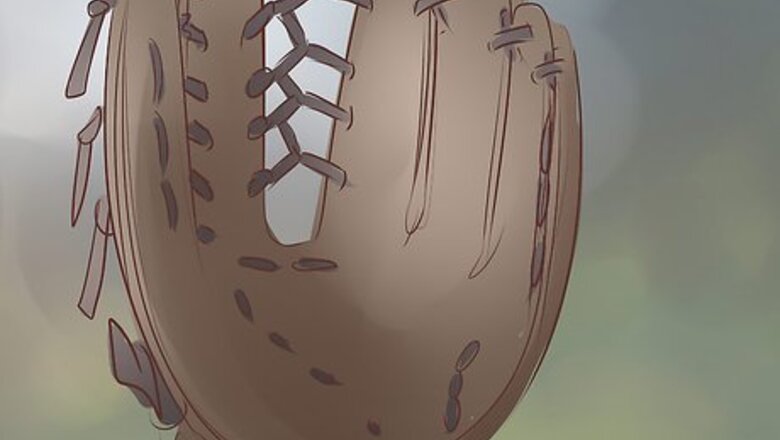
views
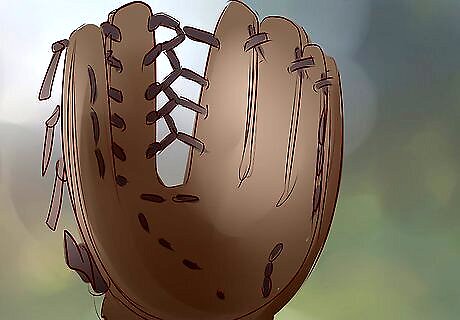
Get the gear. A left fielder will need an outfielder's glove. The typical outfielder's glove is long with deep pockets. This helps with reaching fly balls on the run. Most are labeled appropriately and are available in a variety of styles and in a wide range of prices. You will also need a bat for batting. Make sure you choose one that is your size.
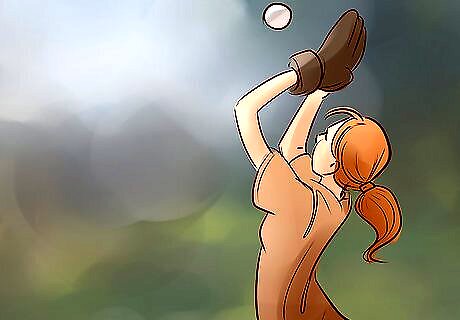
Practice. Take some time throwing pop flies with a friend or coach. Playing long toss can also help you get comfortable with catching the ball at long distances and warming up your arm. You will need to make sure that you practice your accuracy, because you will need a good throw in to tag out a runner. The left fielder, like center fielders and right fielders, will need to make very deep throws from time to time.
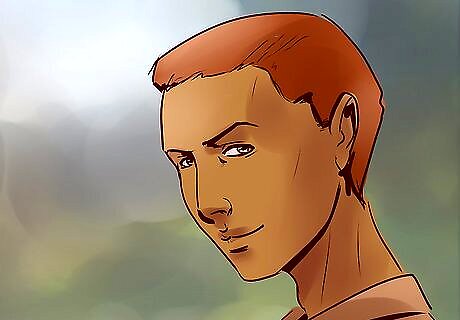
Know what is expected. A left fielder is not just an outfielder. Like the other two positions, there are specific jobs that a left fielder is responsible for. Backing up third. On throws to third base by the catcher, the left fielder is always responsible for backing up the play and being prepared in case the throw is off target. You should run up to short left field. Covering for other positions. On plays to center field, be nearby in case the center fielder is unable to make the play. One such example is a fly ball to left-center that the CF unsuccessfully dives for. Since the CF will be unable to recover quickly, it becomes the responsibility of the LF to handle the play and respond accordingly. Even on a basic fly ball, you will want to make sure you get over to where the CF is in case they drop it. Know where to throw. Always focus on the game. It can be challenging since more often than not the LF is far away from the action. However, when the ball does come your way it is very important to know where to go with it. If the play is deep, throw to your cutoff man (almost always the SS) who will be standing at the edge of the infield. If players are on base, it is required for the LF to know where to throw to hold the runners. For example, if there is a runner on second, then you should throw to third. Never attempt a throw from LF to first base. Also if there are runners on base, be aware that the throw to home should be avoided if there are other runners on besides the one going home. Hitting the cutoff man as an alternative can help keep runners in their places.
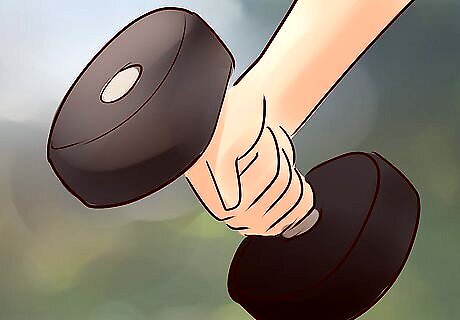
Work on arm strength. The left fielder often has the weakest arm of the three outfielders because they need to throw shorter distances to hold runners. This is not an excuse to have a weak throwing arm, however. A left fielder who can make bullet throws is always a plus. Build up arm strength by playing long toss and catch often, and exercising the muscles in your arm. On sacrifice flies to left, a strong arm is needed to throw out a runner. If the play is to home, it can also be quite a far throw.
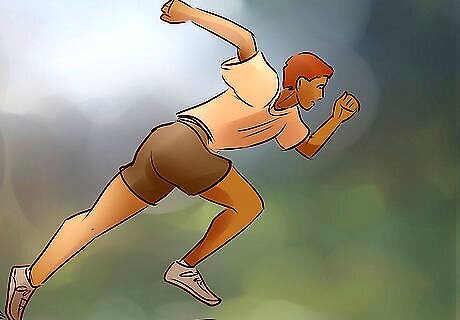
Work on your speed. Being an outfield position, speed is key to being successful. The left fielder will need to be able to react quickly and make long runs to reach deep hits in the gap. The area covered by the left fielder is smaller than the center fielder, but still a vast territory. Do sprints and take runs to help with speed and endurance. Challenging teammates to races can also be a fun way to motivate yourself to get faster, but be sure you are warmed up and avoid injury.
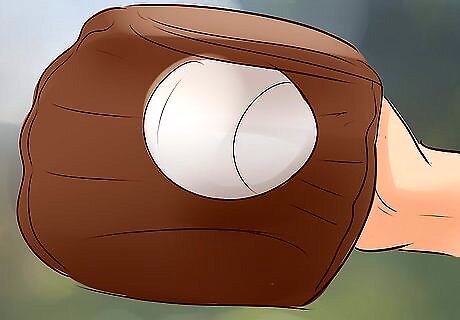
Focus on the glove work. In addition to a decent arm and speed, a good left fielder also needs to be able to handle the ball. Errors in left field are rare in Major League baseball, and constantly dropping and muffing routine catches is not a good way to impress your coach. Practice fielding pop flies from and actual hitter to get a feel for what playing the outfield is like. Make sure you also get a chance to try to catch some pop flies on the run. Also, diving plays may look fancy, but be sure you know when to attempt a dive and when it's best to let a tough catch land in front of you. Do not attempt dives with runners on base, because if you miss they will likely advance. Learn to take good routes to the ball both for hits in the air and on the ground. Doing so can help you ready yourself for throws, help you run down flies, and make a base runner think twice before taking off.
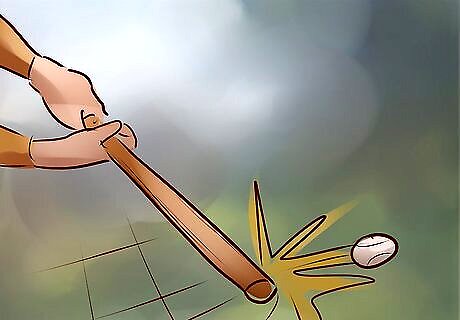
Don't forget to work on your batting! The corner outfield positions (left and right field) are often occupied by normal or powerful hitters. Since it is less of a finesse and speed position than center, a left fielder is expected to produce at the plate and hit for at least satisfactory power and average. It is possible to be a left fielder without possessing a good bat, but it is fairly rare in competitive and professional baseball.










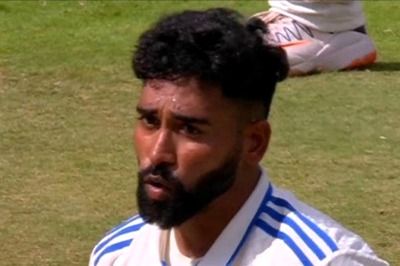

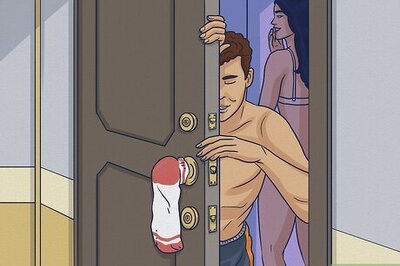
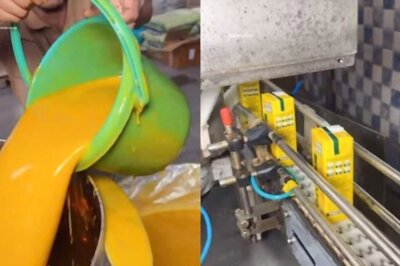
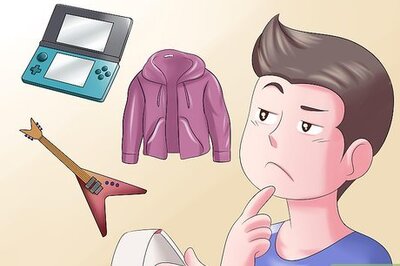





Comments
0 comment